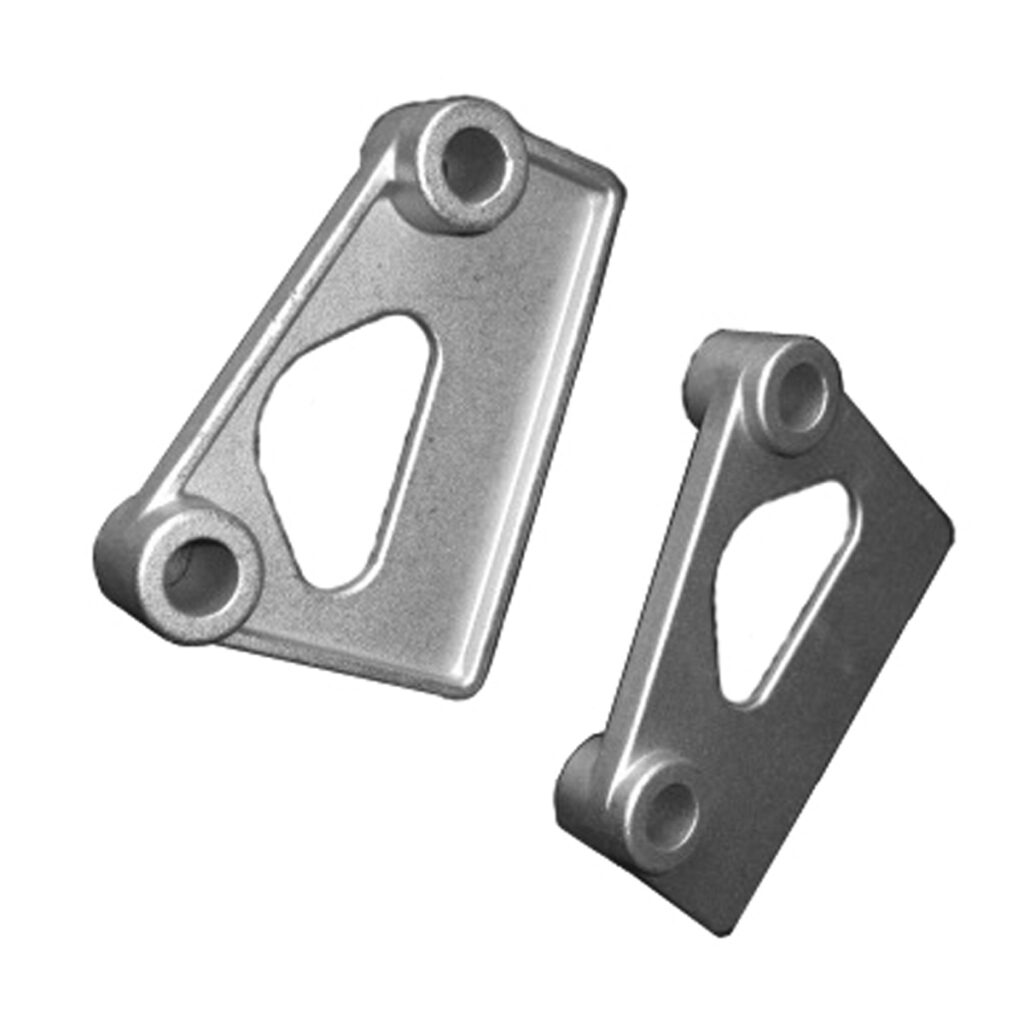Alloy Selection Matrix: Guide to Casting Compatibility of 316L, 17-4PH, and Titanium Alloys
Introduction
In precision manufacturing, selecting the right alloy is a critical decision that impacts product performance, cost efficiency, and production timelines. For industries relying on investment casting and CNC machining, such as aerospace, medical devices, and energy, choosing between popular alloys like 316L stainless steel, 17-4PH stainless steel, and titanium alloys requires a deep understanding of their casting compatibility, mechanical properties, and application-specific demands.
This guide provides a comprehensive alloy selection matrix to help manufacturers and engineers evaluate these materials for their next project, ensuring optimal quality, durability, and regulatory compliance outcomes.
1. Understanding Key Alloys
1.1 316L Stainless Steel
- Composition: Low-carbon variant of 316 stainless steel (16–18% Cr, 10–14% Ni, 2–3% Mo).
- Key Properties:
- Corrosion Resistance: Excellent resistance to chlorides and acids, ideal for marine and chemical environments.
- Biocompatibility: Compliant with ASTM F138 for medical implants.
- Machinability: Moderate; requires optimized toolpaths to avoid work hardening.
- Casting Challenges:
- Prone to hot tearing due to high thermal expansion.
- Requires controlled cooling rates to prevent carbide precipitation.
1.2 17-4PH Stainless Steel
- Composition: Precipitation-hardening stainless steel (15–17.5% Cr, 3–5% Ni, 3–5% Cu).
- Key Properties:
- High Strength: Tensile strength up to 1,300 MPa after heat treatment.
- Wear Resistance: Suitable for high-stress components like valves and pump shafts.
- Machinability: Best in annealed condition; post-machining aging enhances hardness.
- Casting Challenges:
- Sensitive to the inclusion formation during pouring.
- Requires precise solution treatment (1,040°C) and aging (480°C) for optimal properties.
1.3 Titanium Alloys (e.g., Ti-6Al-4V)
- Composition: Titanium (88–90%), Aluminum (5.5–6.5%), Vanadium (3.5–4.5%).
- Key Properties:
- Strength-to-Weight Ratio: Superior to steel, ideal for aerospace and orthopedic implants.
- Corrosion Resistance: Immune to most organic and inorganic environments.
- Biocompatibility: Meets ISO 5832-3 for medical applications.
- Casting Challenges:
- High reactivity with oxygen necessitates vacuum casting.
- Expensive material and processing costs.
2. Alloy Selection Matrix: Casting Compatibility & Performance
| Parameter | 316L Stainless Steel | 17-4PH Stainless Steel | Titanium (Ti-6Al-4V) |
|---|---|---|---|
| Casting Temperature | 1,450–1,500°C | 1,500–1,550°C | 1,650–1,700°C (vacuum) |
| Fluidity | Moderate | Low (requires high superheat) | Very low (needs centrifugal casting) |
| Shrinkage Rate | 2.1–2.5% | 2.5–3.0% | 1.5–2.0% |
| Post-Casting Heat Treat | Annealing (900°C) | Solution treatment + aging | Stress relieving (700°C) |
| Typical Defects | Hot tears, porosity | Inclusions, porosity | Alpha-case formation |
| Cost (Relative) | $$ | $$$ | $$$$ |
3. Application-Based Recommendations
3.1 Medical Devices
- 316L: Surgical instruments, bone screws (corrosion resistance + biocompatibility).
- Titanium: Hip implants, spinal rods (lightweight + osseointegration).
- Avoid 17- 4PH: Limited biocompatibility unless passivated.
3.2 Aerospace
- 17-4PH: Landing gear components, fasteners (high strength + fatigue resistance).
- Titanium: Turbine blades, engine mounts (weight savings + thermal stability).
- Avoid 316L: Lower strength-to-weight ratio.
3.3 Marine & Chemical
- 316L: Pump housings, valve bodies (chloride resistance).
- 17-4PH: Shafts in corrosive environments (if coated).
- Avoid Titanium: Overkill for non-critical applications.
4. Case Studies
4.1 Case Study 1: Corrosion-Resistant Valve for Offshore Oil Rig
- Requirement: Withstand seawater (Cl⁻) and H₂S exposure.
- Alloy Chosen: 316L (superior pitting resistance).
- Casting Process: Silica sol casting + electropolishing.
- Result: 10-year service life with zero maintenance.
4.2 Case Study 2: High-Stress Aircraft Bracket
- Requirement: Tensile strength > 1,000 MPa, weight reduction.
- Alloy Chosen: Ti-6Al-4V (strength-to-weight ratio of 260 kN·m/kg).
- Casting Process: Vacuum arc remelting (VAR) + HIP (Hot Isostatic Pressing).
- Result: 40% weight savings vs. steel, passed FAA fatigue tests.
5. Overcoming Common Casting Challenges
5.1 Porosity in 316L
- Solution:
- Use filter systems in the gating design.
- Apply Hot Isostatic Pressing (HIP) to heal micro-voids.
5.2 Inclusions in 17-4PH
- Solution:
- Preheat molds to reduce thermal shock.
- Implement ceramic foam filters during pouring.
5.3 Alpha-Case in Titanium
- Solution:
- Cast in an argon atmosphere to minimize oxygen uptake.
- Remove alpha-case via chemical milling (HF/HNO3 bath).
6. Cost-Benefit Analysis
| Factor | 316L | 17-4PH | Titanium |
|---|---|---|---|
| Material Cost/kg | $5–8 | $10–15 | $50–100 |
| Casting Complexity | Moderate | High | Very High |
| Post-Processing Cost | Low (grinding + passivation) | Medium (aging + machining) | High (chemical milling + HIP) |
| ROI Justification | Long-term corrosion savings | High-cycle fatigue applications | Weight-critical aerospace/medical uses |
7. Future Trends in Alloy Development
- Additive Manufacturing: 3D-printed 17- 4PH with graded properties.
- Hybrid Alloys: Ti-316L composites for enhanced wear resistance.
- Smart Casting Sensors: IoT-enabled molds to monitor solidification in real time.
8. Conclusion
Choosing between 316L, 17-4PH, and titanium alloys requires balancing performance requirements, budget constraints, and production capabilities. Use this matrix as a starting point:
- 316L: Cost-effective corrosion resistance.
- 17-4PH: High-strength, moderate-temperature applications.
- Titanium: Premium choice for weight-sensitive, high-performance parts.
For customized alloy selection advice, contact our engineering team to optimize your next casting project!



One Response
For customized alloy selection advice, contact our engineering team to optimize your next casting project!